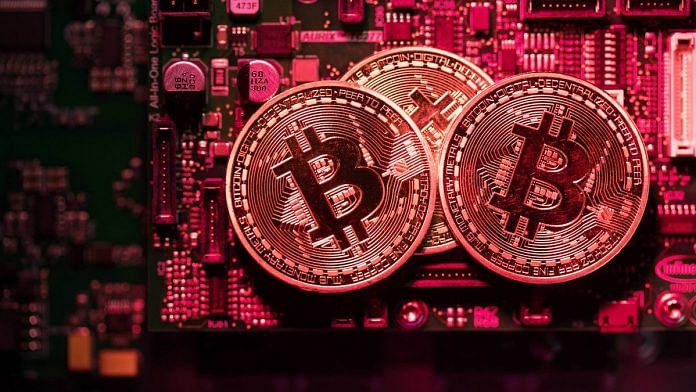-
The exponential growth of cryptocurrencies has come at the expense of the environment.
-
A carbon-backed, algorithmic currency aims to change that by driving climate action.
-
The responsible development and regulation of digital assets will be crucial for a green economy.
Over the last decade, cryptocurrency has exploded in growth, onboarding around 300 million new users. This exponential growth has been accompanied by serious environmental side effects stemming from energy intensive activities such as Bitcoin mining – which by some estimates, consumes as much electricity as a small country each year – and transacting on proof-of-work networks, including Ethereum. Of course, outside of crypto, many activities we engage in every day, such as transacting within the traditional financial system, all have a carbon footprint, reminding us that carbon dioxide knows no borders.
For our community, we should not just point out the discrepancies in attention and outrage directed at cryptocurrency energy consumption – for context, Bitcoin uses 62 terawatt hours of energy each year, while household tumble dryers are responsible for 108 TWh in the United States alone – we also need to highlight the utility that blockchain protocols are providing.
Cryptocurrency that offsets carbon
At KlimaDAO, for example, we are aligning economic incentives for a green regenerative economy, making on-chain carbon retirement accessible to all. KlimaDAO’s native token “KLIMA” can only be minted when tokenized carbon credits are locked away in its treasury. This is achieved by offering incentives to users to exchange tokenized carbon in return for KLIMA at a discounted price. The KLIMA token is itself backed by carbon. As the KlimaDAO treasury acquires more carbon over time through its incentives, any newly minted KLIMA tokens are distributed to those who hold KLIMA themselves.
Anyone can acquire KLIMA or through the open, transparent, and fairly priced markets that are hosted on Decentralized Finance (DeFi) exchanges such as SushiSwap. This means for the first time, anyone can participate in the carbon economy without needing to use a third party broker to source, or offset, carbon. In the current voluntary carbon market (VCM), it takes several months for an organization to source carbon credits, work with a brokerage, and retire those credits – often in over-the-counter exchanges that occur in private and result in price opacity and market inefficiency.
However, KlimaDAO’s retirement aggregator tool, part of the Klima Infinity suite, allows any individual or institution to select their preferred carbon credit, choose the number of credits to match specific offsetting needs, and then retire them – all on-chain, recorded on a public ledger on the blockchain, and in a matter of minutes. Founded in October 2021, KlimaDAO has already brought over $100 million worth of VCM liquidity on chain. In addition to allowing anyone, anywhere to purchase a desired number of credits and retire them, KLIMA holders can also personalize a love letter to the planet to commemorate their climate-positive actions.
Looking under the hood, KLIMA is backed by a variety of different carbon assets that are held in KlimaDAO’s treasury, including Moss’s MCO2 and Toucan Protocol’s BCT. The KLIMA token itself is instrumental for the Klimaconomy; it doesn’t just act as an incentive for users to lock carbon in the DAO’s treasury, it also acts as a “trading pair” within the DeFi markets. This means that KLIMA is used to facilitate market trades across different types of tokenized carbon assets.
By using KLIMA as the dominant trading pair for transacting carbon, and with KlimaDAO responsible for providing the liquidity in these markets, we are now seeing an efficient, liquid and transparent market for carbon emerge. As users transact, trade, and offset carbon assets at market prices, the utility of KLIMA scales. Through the growth of diversified carbon assets, KlimaDAO intends to create the best experience to source and retire carbon assets.
How will regulation change the industry?
Regulation has long been a hot topic in crypto. However, President Biden’s recent Executive Order calling for the responsible development and regulation of digital assets, specifically refers to exploratory efforts to investigate the environmental benefits of distributed technologies. This landmark Executive Order shows that governments are beginning to recognize that the debate around cryptocurrency and the environment should not focus just on energy consumption, but on positive projects like KlimaDAO that are bringing much needed transparency and liquidity to carbon markets.
We welcome the opportunity to engage with regulators as we aspire to bridge the gap between real-world carbon consumption and crypto, thus bringing us closer to the truly regenerative economy the world needs.
The article originally appeared in the World Economic Forum.
Also read: Who is Ruja Ignatova? ‘Cryptoqueen’ now on FBI most-wanted list for ‘duping investors of $4bn’




